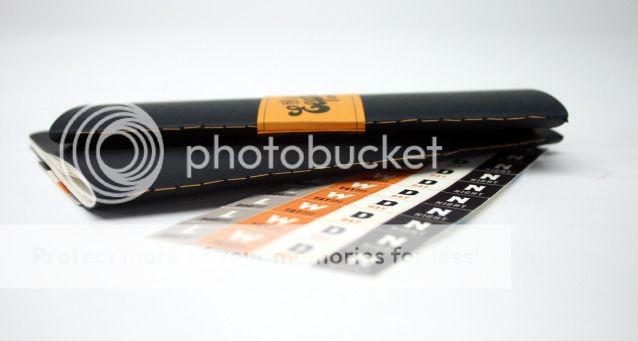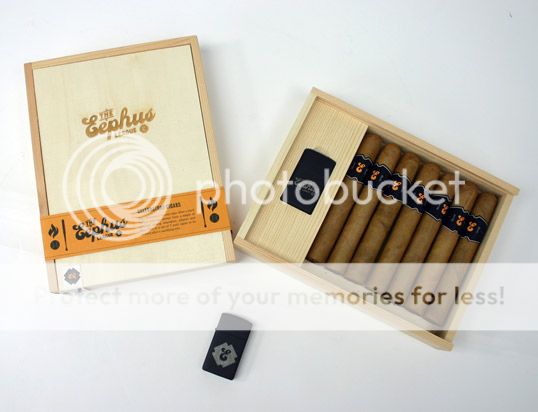If I leave my window open on a moderately warm day, I typically hear the standard sounds of an urban neighborhood — dogs barking, your occasional siren, and in the morning, helicopters assessing rush hour traffic. But, during spring my apartment is filled with a much more glorious sound — the roar of the crowd at Wrigley Field. Now, I understand that not everyone likes baseball or sports, but hear me out art fans. Baseball is as equally boring as any performance piece you have ever seen. Don’t get me wrong, I love performance art–but the patience that is required to understand and engage with Bruce Nauman’s “Walking in a Exaggerated Manner Around the Perimeter of a Square” can be applied to watching a baseball game. The game is absolutely beautiful and amazing to think about. At its root you have one man (the pitcher) throwing a ball 90mph to another man who will probably catch it (the catcher) unless another man standing in a chalk drawn box with a huge stick (the batter) hits the ball that is travelling faster than we are legally able to drive. That is absolutely mind blowing! Who came up with such a crazy game? (Well, Ken Burns has the answer for you in his epic, 18 1/2 hour documentary, Baseball.)
I am not here to convince you of the pleasures of baseball, but to shine a spotlight on a dying activity related to the sport: scorekeeping. Last season I backed a Kickstarter campaign created by Bethany Heck, a graphic design student who had redesigned a baseball scorebook. The books were gorgeous, and for only $15 I knew I had to have one. The Kickstarter raised just under three times the goal and spurred my own interest in keeping score. Heck created the website The Eephus League of Baseball Minutiae, named after the elusive eephus pitch, as part of her senior thesis as a Graphic Design major at Auburn University. Her work has been featured on Wired.com, Smashing Magazine, Design Work Life, Public School, and Uppercase Magazine and she is currently working at Upstatement in Boston. With baseball season in full swing, I dusted off my scorebook and spoke with Bethany about the league, brand identity, and the surprisingly satisfying activity of keeping score.
Meg Onli: I had been a baseball fan since I was a kid but never kept score until I came across your Kickstarter campaign. Everything about the book–the size, stitching, and paper choices–appealed to me, even though scorekeeping for the most part seemed well, sort of banal. What made you decide to design your own scorebook?
Bethany Heck: The scorebook started as a part of my final project at Auburn University. I wanted to try and make the scorebook more appealing and “hipper,” if I want to sound corny. Scorekeeping has been relegated to a very narrow subset of baseball fans, and I was confident that if it was presented in a new and form-friendly way that more people would pick up the habit again. The question that framed my design was “If Moleskine made a scorebook, what would it look like?” It was a great challenge to give myself. Can you change people’s perception of something with good design? I hope that I have and that a new generation of fans is getting excited about scorekeeping.
MO: Did the books turn out the way you had envisioned them or were there limitations on what you could actually produce?
BH: The scorebooks are very close to what I originally made by hand in mockups. I got to use French and Neenah papers and have all the extra goodies I wanted, like the stickers and fold-out guide to keeping score. The only places I had to budge were rounding the corners and the binding. I wanted the books to be sewn like Moleskins, but the cost of doing so was astronomical. It was more important to me to keep the cost of the books as low as I could.
MO: Your website, the Eephus League, catalogs baseball minutiae through an interactive community. There are so many aspects of documentation in baseball; what inspired you to start the Eephus League?
BH: I started the Eephus League as my senior project at Auburn University, which is the last big project you take on before you graduate. I knew I wanted to do something baseball-related, and I struggled all summer to come up with a focus within baseball to hone in on. I eventually realized that it was the minutiae of baseball that really fascinated me. The little strange facts and details surrounding the sport that many ignore but make it so charismatic. Baseball encourages oddities; every park has different dimensions, and where else can you find so many finely-crafted goatees?
I wanted a visually intriguing site that could house all the different types of baseball trivia that fascinated me. Many sports sites tend to be flooded with information and poorly organized, so it was important to me that the Eephus League be clean and well organized.
MO: Could you talk a bit about the other products that you have conceived for the league? I remember seeing cigars housed in a wooden box that looked to have been laser-etched. Everything in this series has such a strong brand identity, is that something you are interested in?
BH: The Eephus League was one of those projects that I got incredibly excited about and worked on non-stop for months, and I kept coming up with fun new things to create. The cigars were made in honor of Bobby Cox. I always picture him giving post-game comments in his office, puffing on a cigar. I had access to a laser printer so I bought the box and etched the logo into it and had a professor help me with the inset for the lighter inside. I also lasercut the bands and wrapped them around each cigar. My father enjoyed smoking them after I graduated.
One of the other things I made for school purposes but hasn’t been mass produced is the book I wrote, designed and illustrated about baseball minutiae. It’s got die cut panels inside and on the cover. I wrote about three quarters of the content in the book, but had to use some help from wikipedia, so it’s not going to be published unless I can write the whole thing.
I was able to get shirts, hats, buttons and posters made through the Kickstarter fund that launched the scorebooks, which are all things I had initially designed for school. It was a huge thrill to see things I created in school actually come to life. Molding your own brand is something a lot of designers dream of doing, so I feel very fortunate to have gotten that chance. I really enjoy broadening work and I wish I got the chance to do more of it.
MO: Once I started keeping score it changed the way I saw the game. Each action is documented — walks, strikes, home runs — and by the end you have all nine innings recorded in a cryptic visual language. What do you think it is about scorekeeping that appeals to people?
BH: Scorekeeping is a really great companion to the game of baseball. Baseball is a slow game with lots of pauses and has a big emphasis on statistics, and scorekeeping highlights all of those characteristics. Keeping score allows you to fill in the gaps in action while still being mentally involved in the game. I think baseball tends to attract detail-oriented people, and what is better for keeping track of details than scorekeeping? I can’t think of a more efficient narrative than a completed scorecard. With little time and effort you have a complete recreation of an afternoon on a sheet of paper.
Scorekeeping is also a loose enough system that everyone can contribute their own quirks into the language of scorekeeping. No two scorecards of the same game will look the same, even if they tell the same story. You can learn a lot about a person by the way they keep score. Someone might be more obsessed with the art of pitching, marking each pitch, and another might be more interested in the trajectory balls take off the bat. It’s a beautiful artform that’s simple to get into, and there are infinite ways you can expand on what you are jotting down.









Pingback: Case Study: Eephus League | Alles Over Crowd Funding